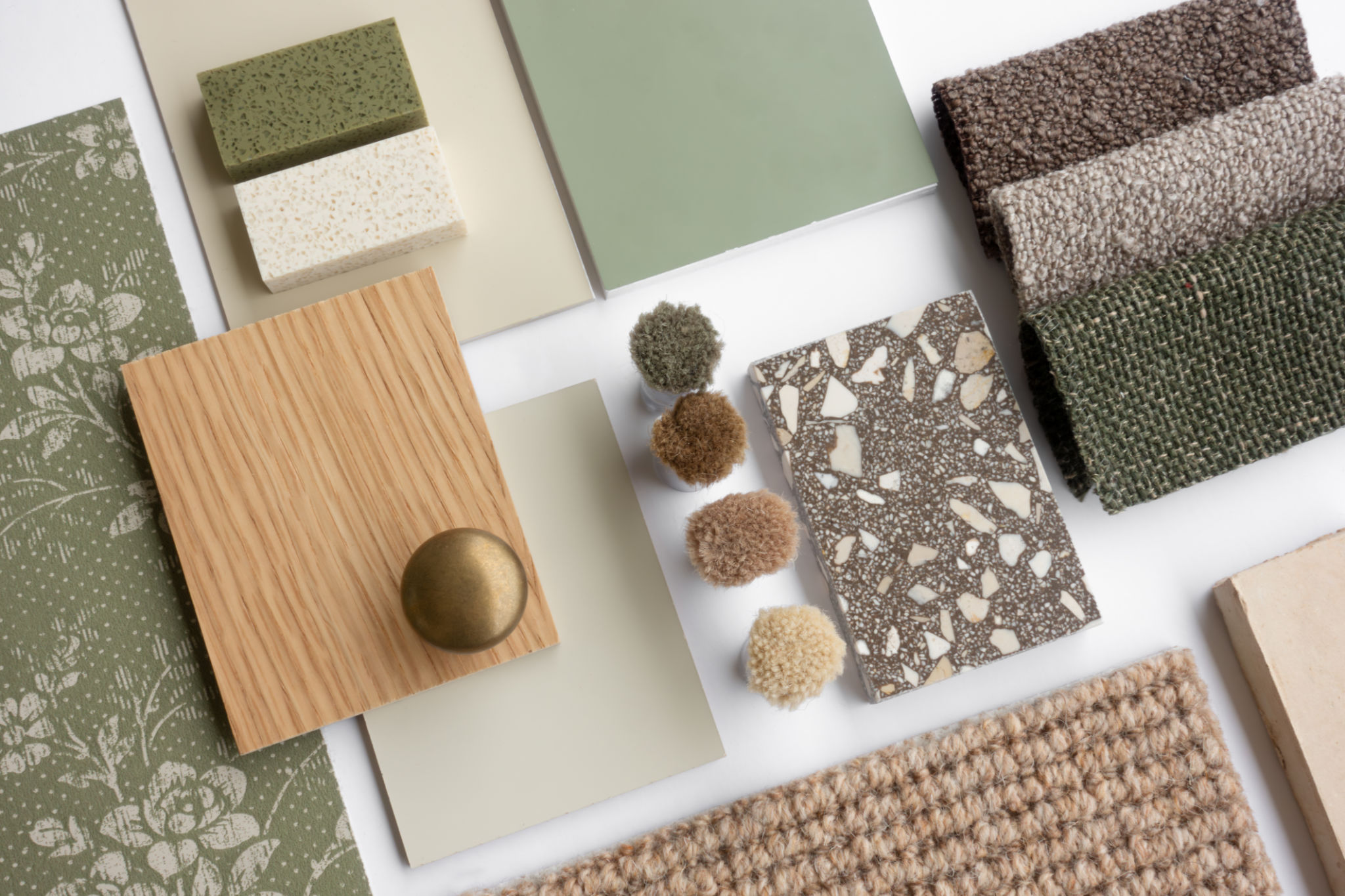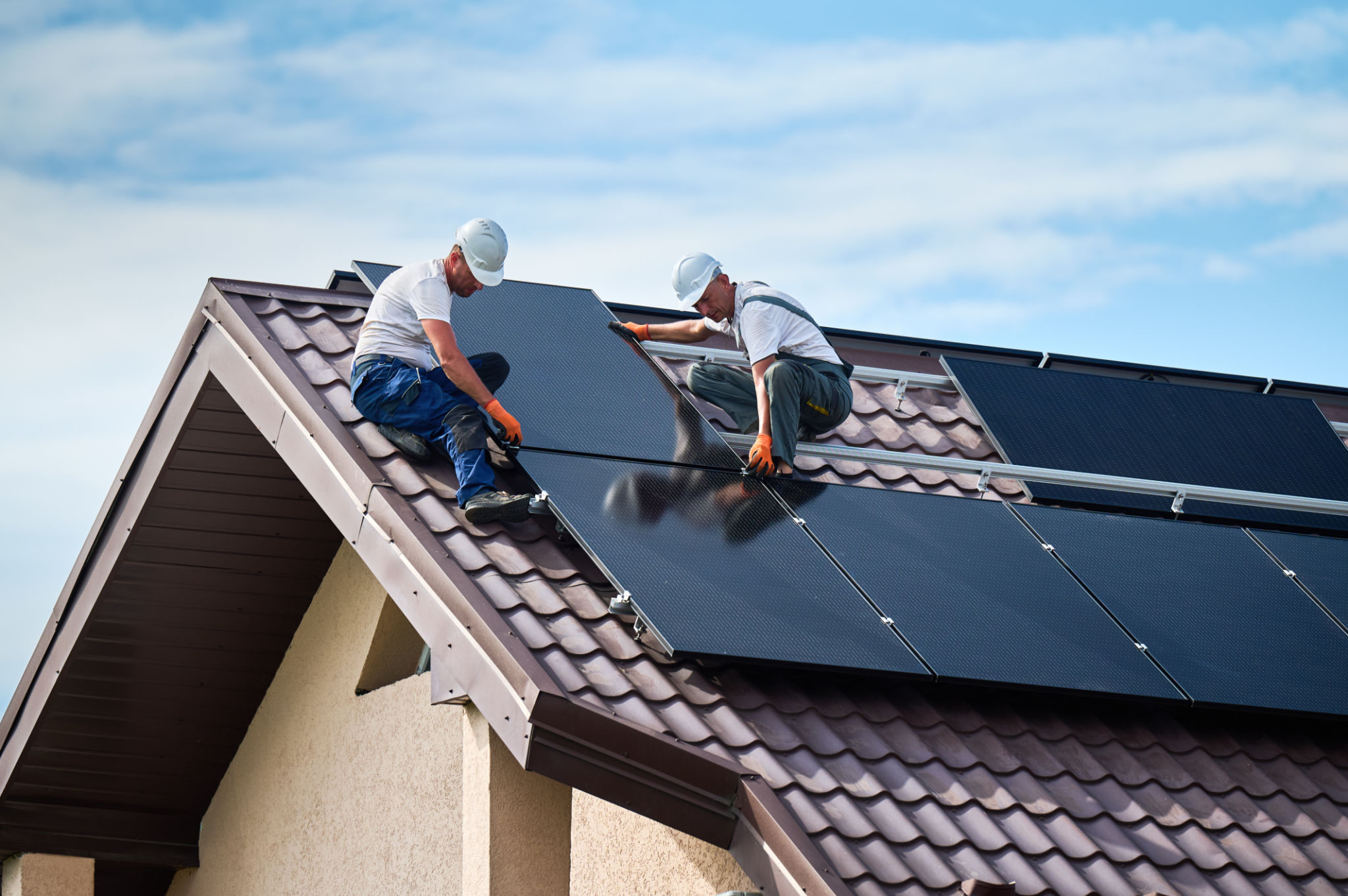Exploring Sustainable Home Design: Eco-Friendly Options for Your Build
Understanding Sustainable Home Design
In recent years, sustainable home design has gained significant traction as homeowners and builders alike seek to reduce their environmental footprint. This approach focuses on creating living spaces that are not only environmentally friendly but also energy-efficient and healthy for occupants. By integrating sustainable practices into your build, you can contribute to a greener planet while enjoying the benefits of a comfortable and efficient home.

Energy-Efficient Building Materials
One of the cornerstones of sustainable home design is the use of energy-efficient building materials. These materials help reduce energy consumption, minimize waste, and often come from renewable sources. Consider incorporating the following options into your project:
- Recycled Steel: Using recycled steel for framing can significantly reduce the environmental impact compared to traditional materials like wood.
- Bamboo Flooring: Bamboo is a rapidly renewable resource that offers a durable and attractive alternative to hardwood flooring.
- Insulated Concrete Forms (ICFs): ICFs provide excellent thermal insulation, reducing the need for additional heating and cooling.
Sustainable Energy Solutions
Harnessing renewable energy sources is a key component of eco-friendly home design. By integrating solutions such as solar panels and wind turbines, homeowners can significantly reduce their reliance on non-renewable energy sources:
- Solar Panels: Installing solar panels is a popular choice for generating clean energy. They can be used to power everything from lighting to heating systems.
- Wind Turbines: In areas with sufficient wind, small-scale wind turbines can be an effective way to generate electricity for your home.

Water Conservation Techniques
Water conservation is another crucial aspect of sustainable home design. Implementing water-saving techniques not only reduces utility bills but also conserves valuable water resources. Some effective strategies include:
- Low-Flow Fixtures: Installing low-flow faucets, showerheads, and toilets can significantly reduce water usage.
- Rainwater Harvesting: Collecting rainwater for irrigation or non-potable household use can decrease dependence on municipal water supplies.
- Greywater Systems: Reusing water from sinks and showers for landscaping can further decrease water waste.
Smart Home Technology
Incorporating smart home technology into your sustainable home design can enhance energy efficiency and convenience. These systems allow you to monitor and control various aspects of your home remotely, ensuring optimal energy usage:
- Smart Thermostats: These devices learn your schedule and climate preferences to efficiently manage heating and cooling.
- Energy Monitoring Systems: Track your energy consumption in real-time to identify areas for improvement.

Indoor Air Quality
A sustainable home should also prioritize the health and well-being of its occupants. Ensuring good indoor air quality is essential for creating a healthy living environment. Consider using the following approaches:
- Natural Ventilation: Design your home to maximize airflow through windows, vents, and open spaces.
- Non-Toxic Building Materials: Choose paints, adhesives, and finishes that are low in volatile organic compounds (VOCs).
- Air Filtration Systems: Install high-quality air filters to remove pollutants and allergens from indoor air.
The Future of Sustainable Home Design
The concept of sustainable home design continues to evolve as new technologies and materials become available. By staying informed about emerging trends and innovations, you can make informed decisions that benefit both your home and the environment. As awareness grows, more homeowners will embrace these eco-friendly options, paving the way for a more sustainable future.
Adopting sustainable home design practices is an investment in both your future and the planet. By making conscious choices about materials, energy sources, water conservation, technology, and indoor air quality, you can create a home that aligns with your values while enjoying the benefits of modern living. Embrace the journey towards a more sustainable lifestyle today!
